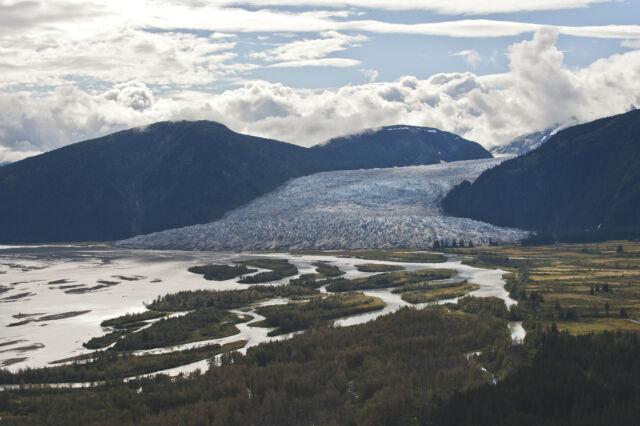Event JSON
{
"id": "b49b7dba7b6901ccf6139571e5eca4c38c5cb3664321dd36ae9734ee0d91c5e1",
"pubkey": "a3af17104f91f7f9b5667b14717d1d434931195e4c6e075b7dc13d8ed71bc46f",
"created_at": 1720350883,
"kind": 1,
"tags": [
[
"imeta",
"url https://files.mastodon.social/media_attachments/files/112/744/915/467/251/834/original/95020754743aed56.jpg",
"m image/jpeg"
],
[
"proxy",
"https://mastodon.social/@arstechnica/112744915526955849",
"web"
],
[
"proxy",
"https://mastodon.social/users/arstechnica/statuses/112744915526955849",
"activitypub"
],
[
"L",
"pink.momostr"
],
[
"l",
"pink.momostr.activitypub:https://mastodon.social/users/arstechnica/statuses/112744915526955849",
"pink.momostr"
],
[
"expiration",
"1722942887"
]
],
"content": "Alaska’s top-heavy glaciers are approaching an irreversible tipping point\n\nAs the plateau of the icefield thins, ice and snow reserves at higher altitudes are lost.\n\nhttps://arstechnica.com/science/2024/07/alaskas-top-heavy-glaciers-are-approaching-an-irreversible-tipping-point/?utm_brand=arstechnica\u0026utm_social-type=owned\u0026utm_source=mastodon\u0026utm_medium=social\nhttps://files.mastodon.social/media_attachments/files/112/744/915/467/251/834/original/95020754743aed56.jpg\n",
"sig": "a6f922e645abcae0315d233134b66415815a29328ed8554e85a31bdf43514a076e934b9ef272091d29af64b9fd92e308add2d3725f0077bfa7aaa2847f5a0fd1"
}
